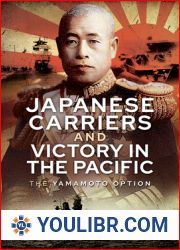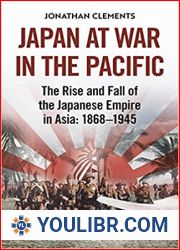
BOOKS - Pan-Tribal Activism in the Pacific Northwest: The Power of Indigenous Protest...


US $6.57

939599

939599
Pan-Tribal Activism in the Pacific Northwest: The Power of Indigenous Protest and the Birth of Daybreak Star Cultural Center
Author: Vera Parham
Year: December 6, 2017
Format: PDF
File size: PDF 3.9 MB
Language: English
Year: December 6, 2017
Format: PDF
File size: PDF 3.9 MB
Language: English
On September 27, 1975, activist Bernie Whitebear (Sin Aikst) and Seattle Mayor Wes Uhlman broke ground on former Fort Lawton lands, just outside Seattle Washington, for the construction of the Daybreak Star Indian Cultural Center. The groundbreaking was the culmination of years of negotiations and legal wrangling between several government entities and the United Indians of All Tribes, the group that occupied the Fort lands in 1970. The peaceful event and sense of co-operation stood in marked contrast to the turbulent and sometimes violent occupation of the lands years before. Native Americans who joined the UIAT came from all parts of the Pacific Northwest and beyond. Inspired by the Civil Rights and protest era of the 1960s and 1970s, they squared off with local and federal government to demand the protection of civil and political rights and better social services. Both the scope and the purpose of this book are manifold. The first purpose is to challenge the predominant narrative of Anglo American colonization in the region and re-assert self-determination by re-defining the relationship between Pacific Northwest Native Americans, the larger population of Washington State, and government itself. The second purpose is to illustrate the growth in Pan-Indian Pan-Tribal activism in the second half of the twentieth century in an attempt to place the Pacific Northwest Native American protests into a broader context and to amend the scholarly and popular trope which characterizes the Red Power movement of the 1960s as the creation of the American Indian Movement (AIM). In this book, casual students of history as well as academics will find that Fort Lawton represents the zone of conflict and compromise occupied by Indigenous people of the Pacific Northwest in their ongoing struggle with colonial society.











